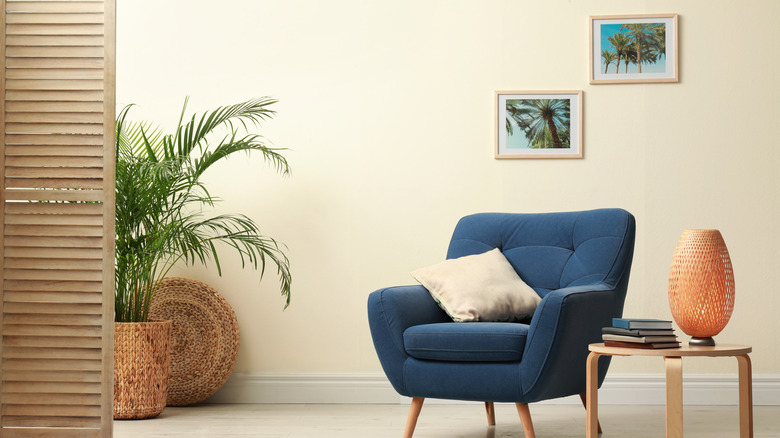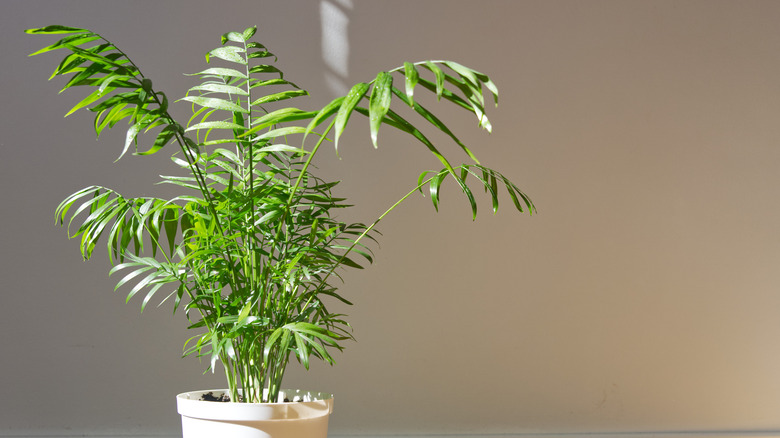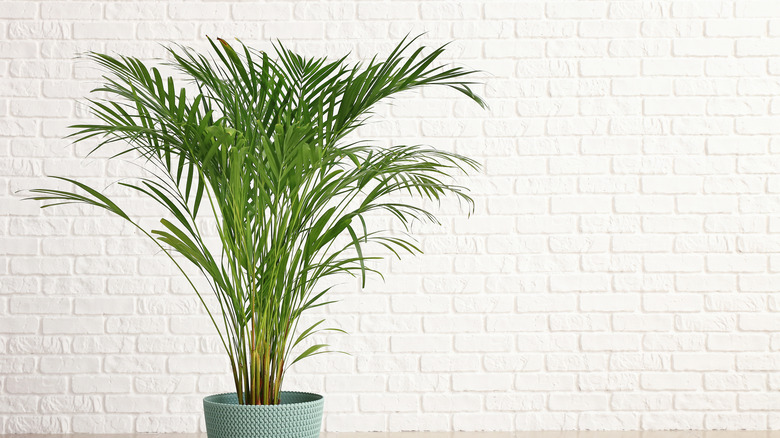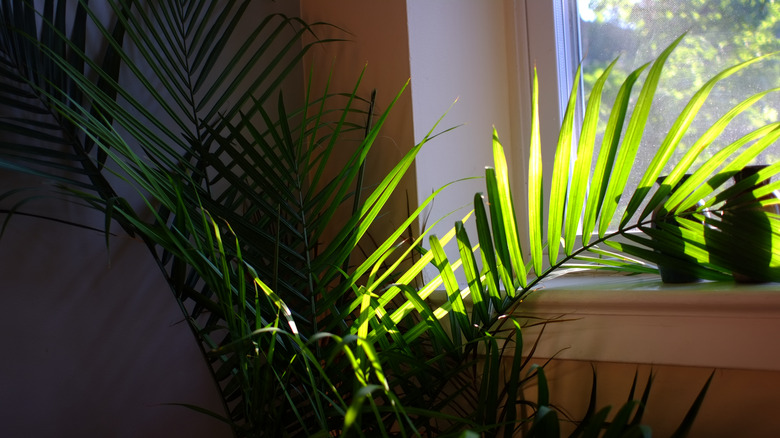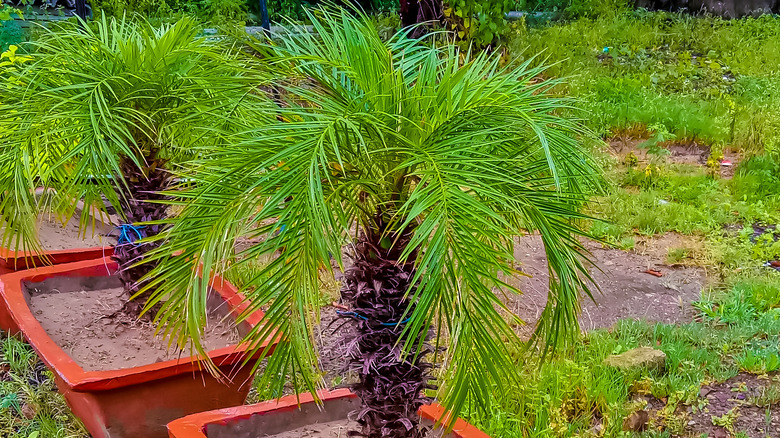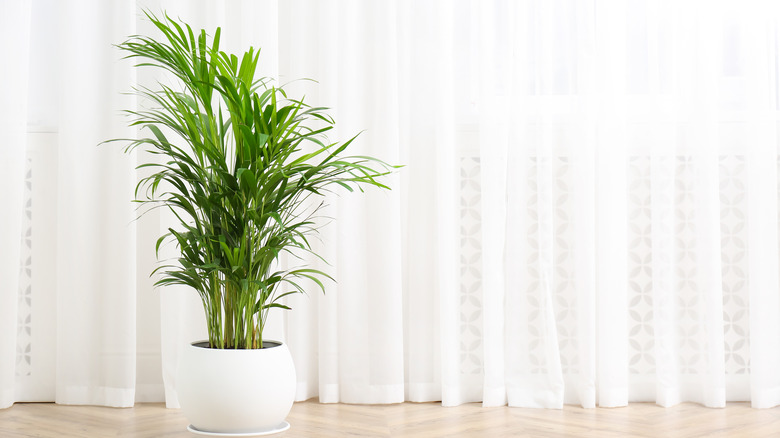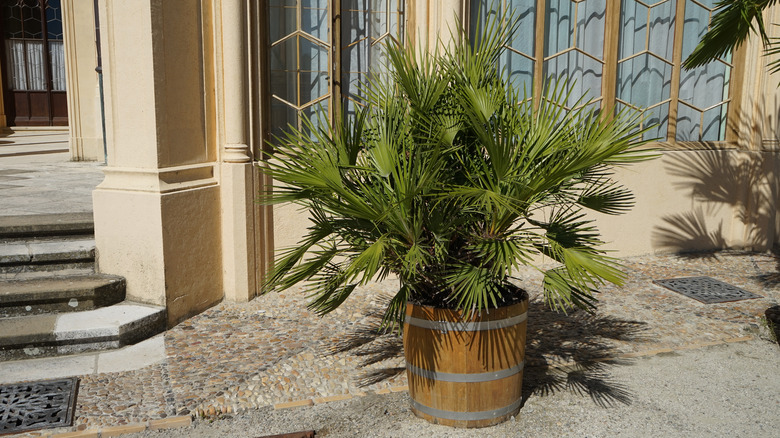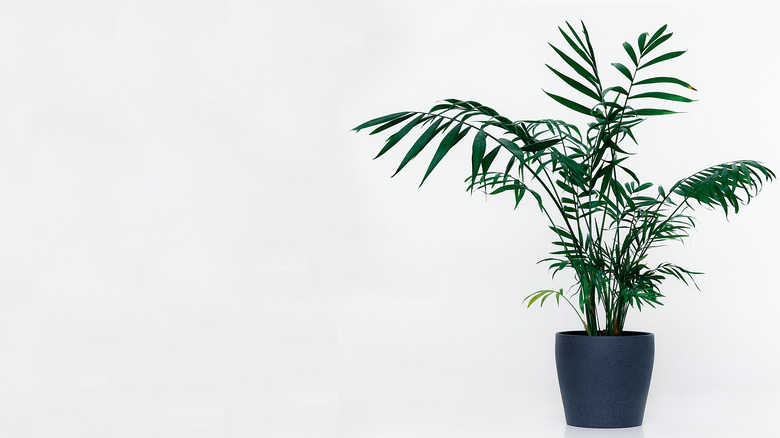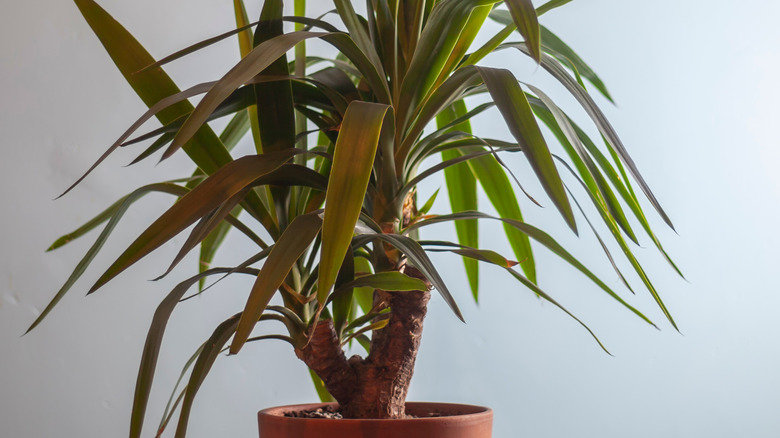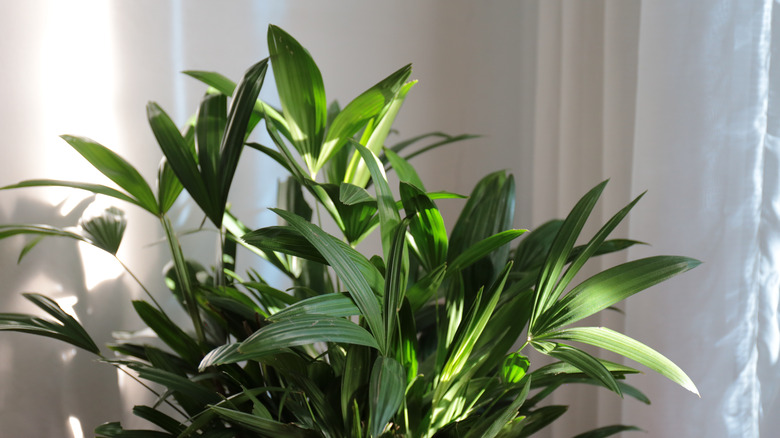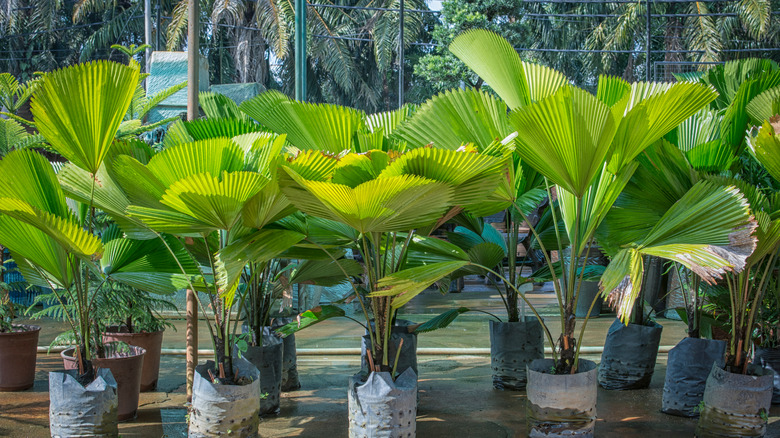10 Palm Plants That Grow Best Indoors
One way to spruce up the look and feel of your home is to research the best palm plants to grow indoors. Trust us, nothing says modern, bold, and tropical quite like these plants from the Arecaceae family. Palm plants originate from tropical and subtropical climates; currently, there are about 200 genera with more than 2,600 species. Even though indoor palm plants are pricy, their benefits have always outweighed the cost.
For the most part, according to Petal Republic, indoor palms are slow-growing, shade-loving, and low-maintenance, only requiring occasional attention and the ideal conditions to thrive. Some can also clean indoor air by ridding it of the pollutants and toxins that can irritate and harm the respiratory system, such as Volatile Organic Compounds (VOCs). Want to learn more? Start with our curated list of the top palm plants that grow best indoors. You will appreciate our tips on how to take care of them properly.
1. Parlor palm
The soft, cascading habit of the parlor palm plant (Chamaedorea elegans) arrests attention like no other. It is a popular subtropical plant — upright, evergreen, and spreading, capable of reaching 2 to 6 feet tall and 2 to 3 feet wide in indoor environments.
Parlor palm impresses with a slender gray-brown trunk, large emerald-green leaves in dropping form, and a spray of tiny, yellow flowers from spring to fall, The Spruce notes. As a houseplant, it prefers a north or east-facing window and moist, well-draining, fertile soils.
Sunlight Needs: bright indirect light, tolerates low-light conditions
Water Needs: allow soil to dry out slightly between waterings
2. Areca palm
To add a bright, tropical vibe to your space, go with the areca palm (Dypsis lutescens). It is native to Madagascar and considered one of the best palm plants to grow indoors. The areca palm, also known as butterfly palm, has bold, plumy, arching fronds consisting of approximately 100 leaflets, per Gardening Know How.
When indoors, preferably, near a south or west-facing window, it has an average lifespan of 10 years and grows between 4 to 12 feet tall and 3 to 5 feet wide.
Sunlight Needs: bright, diffused sunlight
Water Needs: moderately moist soil; overwatering can rot the roots
3. Majesty palm
According to The Spruce, majesty palm (Ravenea rivularis) is the ideal houseplant because it is slow-growing and shade tolerant. Since it can grow up to 10 feet tall indoors, it can serve as a feature tree, focal point, or green architectural element for any room.
The majesty palm has a classic, elegant look, sturdy trunk, and a spray of lush, dark green foliage. It requires moist conditions, any acidic potting mix ideal for succulents, and a moist, well-draining soil.
Sunlight Needs: bright light or full sun for four to six hours
Water Needs: evenly moist, but not waterlogged; mist daily to maintain high humidity
4. Pygmy date palm
The Pygmy date palm (Phoenix roebelenii), otherwise known as the feast date palm or roebelenii palm, is one of the best palm plants to grow indoors. According to North Carolina State University, it is ideal for cooler climates, growing between 4 to 6 feet tall and spanning 5 feet wide.
Phoenix roebelenii is a slow-growing ornamental plant possessing a rich, brown trunk and narrow arching leaflets that droop softly at the tip. It thrives best in conservatories, greenhouses, or large spaces with enough bright light. Pro tip: Plant in a well-draining, peat-based potting soil.
Sunlight Needs: high to medium light
Water Needs: frequently during the growing season, maintaining a slightly moist soil
5. Cascade palm
The cascade palm or cat palm (chamaedorea cataractarum) is a small palm tree that originates from southern Mexico and the wet lowlands of Central America. It makes an excellent, low-maintenance houseguest. Cascade palms enjoy a well-draining, evenly moist soil, bright light, medium to high humidity, and occasional feedings.
Per Conserve Energy Future, you can identify this water-loving and shade-loving indoor plant by its short trunk, creeping anchoring habit, and glossy, dark green foliage with long thin leaflets forming a dense clump.
Sunlight Needs: part shade to full shade
Water Needs: water only when you see or feel the soil drying up
6. European fan palm
Not only is the European fan palm (Chamaerops humilis) aesthetically pleasing, but it is also one of the best palm plants to grow indoors. Its habit consists of fine-textured blue-green or silver-green fronds that grow upward and spread in a circle at a 300-degree angle, per Gardenia.
For this reason, the European fan palm is cultivated as a feature houseplant to display its majestic fan-style fronds. It is also tough and undemanding, only requiring well-draining potting soil mix and liquid fertilizer.
Sunlight Needs: bright, indirect light; part shade
Water Needs: frequently keep the soil moist during spring and summer; allow top soil to dry slightly before re-watering
7. Kentia palm
According to the University of Florida, kentia palm (Howea forsteriana) originates from Lord Howe Island off the east coast of Australia. We love it because it is the ideal indoor plant: slow-growing, low-maintenance, shade-tolerant, cold-tolerant, and aesthetically pleasing. Per its habit, the kentia palm has a slender trunk that is about 5 to 6 inches in diameter and 7 feet long dark-green pinnate leaves.
Kentia palm adapts easily to a wide range of soil types but rejects dryness and over-watering. Even indoors, Kentia Palm is a flowering plant, as long as it is exposed to light.
Sunlight Needs: indirect light; tolerates low-light conditions
Water Needs: moist, not soggy; allow the soil to dry out between waterings
8. Yucca elephantipes
Even though yucca elephantipes (Spineless Yucca) is one of the best palm plants to grow indoors, it is toxic to dogs, cats, and horses, The Spruce writes. However, if you are not a pet owner, consider bringing this elegant, slow-growing, and drought-tolerant plant into your space.
Yucca elephantipes, a Mexico and Caribbean native, dislikes overbearing plant owners. Leave it alone in a sunny corner with relatively low humidity, and you have yourself a happy plant. When planting choose a well-draining potting mix that is not particularly rich or fancy.
Sunlight Needs: bright, indirect; full sunlight
Water Needs: do not overwater; allow the soil to dry completely between waterings
9. Broadleaf lady palm
The broadleaf lady palm (Rhapis excelsa) is another fan-style palm plant to grow indoors if you are thinking about creating a tropical paradise in your living space. Per Epic Gardening, they are cultivars, created by Chinese cultivators. They also insist that they are the perfect house plants since they remove hazards such as xylene, carbon dioxide, formaldehyde, and ammonia from indoor air.
Broadleaf lady palm can grow up to 14 feet tall, but you can manage its size through regular pruning. To aid ventilation, thin out the plant by removing discolored or dried-out leaves.
Sunlight Needs: part-shade or full; indirect sunlight
Water Needs: moist soil; never overwater
10. Chinese fan palm
The Chinese fan palm (Livistona chinensis) is perhaps the most popular houseplant in the country, and of course, happens to be one of the best palm plants to grow indoors. It is crowned by arching, wide-spreading fronds that spill downward. It is best to plant Chinese fan palm in the spring in any well-draining potting mix made specifically for palms.
According to our friends at South Florida Plant Guide, this plant becomes salt-tolerant and drought-tolerant after establishing. Pro tip: Place next to a bright window with indirect light.
Sunlight Needs: bright indirect light; tolerates partial shade
Water Needs: water only when the surface soil dries out
